Comments / Questions (8)
![]() Sissel Klausen wrote:
Sissel Klausen wrote:
Hei. Jeg skal strikke Icy Toast med kun norsk mønster. Jeg skal strikke 6 stykker og lurer da på hvor mye garn jeg trenger av hver. Mvh. Sissel
21.02.2021 - 10:38DROPS Design answered:
Hej Sissel, du er nødt til at strikke flaskeskjuleren og så gange med 6 for at få det mere nøjagtigt :)
23.02.2021 - 14:12
![]() Gail wrote:
Gail wrote:
What size wine bottle does this fit?
31.12.2017 - 18:56DROPS Design answered:
Dear Gail, this cover fits a standard bottle of wine 0.75 Liters. Happy knitting!
02.01.2018 - 11:18
![]() Ingvild Kayser wrote:
Ingvild Kayser wrote:
Trenger ikke to røde nøster. Mer enn nok med ett.
07.12.2016 - 21:34
![]() Bjørg Hvidsten wrote:
Bjørg Hvidsten wrote:
Hvor får jeg kjøpt Drops juleverksted ? Jeg bor i Porsgrunn og de har den ikke i garnbutikken her. Fant den på nettet men skriveren min virker ikke
07.11.2014 - 09:10DROPS Design answered:
Hej Björg. Alle vores julemönstre fra juleverksted er kun tilgaengelig fra nettet og skal printes. De kan ikke köbes löst.
07.11.2014 - 10:10
![]() Berit wrote:
Berit wrote:
Selline küsimus, et PUDELIKATTE kirjelduses on kirjas: Koo 1 ring parempidi, siis koo soonikut 3 pr/ 3 ph. Tegelikult peaks vist olema 1 pr/ 3 ph nagu Norra mustri juures, et kõik klapiks? Iseeenesest väga lahe asi!
07.12.2013 - 18:48DROPS Design answered:
Tänan, parandatud!
14.01.2014 - 17:05
![]() Bianca wrote:
Bianca wrote:
Dit patroon (0-863) vind ik erg leuk om te zien, het is me alleen niet duidelijk of dit als "recht lapje" wordt gebreid of als kous met 4 naalden? Graag uw hulp in deze.
21.02.2013 - 22:29DROPS Design answered:
Dit patroon wordt in de rondte gebreid (breinld zonder knoop)
22.02.2013 - 10:10
![]() Tess wrote:
Tess wrote:
Det räcker gott och väl med ett rött nystan. Väldigt fina och roliga att göra annars.
29.12.2012 - 22:46
![]() Monika wrote:
Monika wrote:
Tere, Mul selline küsimus. Nimelt: NORRA MUSTRIGA PUDELIKATE Tekstis kirjutatud nii: lõpeta punase lõngaga järgmiselt: koo 2 ringi parempidi, siis koo soonikut 1 pr / 3 ph. Kui vaatan mustri juurde lisatud pilti, siis seda "2 ringi parempidi" osa pildil ei paista. Küsimus- kas ma ei oska pildilt vaadata või hakkabki tegelikult soonik kohe/vahetult peale põhimustri lõpetamist. Suured tänud, super muster ja idee :)
20.12.2012 - 13:54DROPS Design answered:
Kindlasti soovitan kududa need 2 ringi pr, mida jah kahjuks pildil oleva pudelikatte puhul pole tehtud. Tegijail juhtub!
29.01.2013 - 22:33
Icy Toast |
|||||||
 |
 |
||||||
Knitted DROPS Christmas bottle covers in ”Fabel” or "Flora" with Norwegian pattern.
DROPS Extra 0-863 |
|||||||
|
PATTERN: See diagram A-1 and A-2. Pattern is worked in stockinette st. ---------------------------------------------------------- BOTTLE COVER: Cast on 60 sts on double pointed needles size 3 mm / US 2.5 with off white Fabel. K 1 round, then work 3 rounds rib (= K 1/P 1). Switch to red and work pattern A-1. When piece measures approx. 22 cm / 8¾" - adjust so that 2 to 4 rounds with red have been worked after a round with dots - switch to off white again. K 1 round, then work rib = K 1/P 3. When 2 rounds with rib have been worked, dec all 3 P sts to 2 P sts by P the first 2 sts tog = 45 sts. When 2 rounds with K 1/P 2 have been worked, P all 2 P sts tog = 30 sts. Continue rib with K 1/P 1 until piece measures 30 cm / 11¾" vertically, K 1 round and then loosely bind off. BOTTLE COVER WITH NORWEGIAN PATTERN: Cast on 60 sts on double pointed needles size 3 mm / US 2.5 with red Fabel. K 1 round, then work 3 rounds rib (= K 1/P 1). K 1 round, then work pattern A-2 over all sts. When A-2 has been worked a total of 3 times vertically – NOTE: Finish when last round in pattern remains so that the pattern is the same at the top and at the bottom - finish the piece with red as follows: K 2 rounds, then work rib = K 1/P 3. When 2 rounds with rib have been worked, dec all 3 P sts to 2 P sts by P the first 2 sts tog = 45 sts. When 2 rounds with K 1/P 2 have been worked, P all 2 P sts tog = 30 sts. Continue rib with K 1/P 1 until piece measures 30 cm / 11¾" vertically, K 1 round and then loosely bind off. |
|||||||
Diagram explanations |
|||||||
|
|||||||

|
|||||||
|
Have you made this or any other of our designs? Tag your pictures in social media with #dropsdesign so we can see them! Do you need help with this pattern?You'll find 11 tutorial videos, a Comments/Questions area and more by visiting the pattern on garnstudio.com. © 1982-2025 DROPS Design A/S. We reserve all rights. This document, including all its sub-sections, has copyrights. Read more about what you can do with our patterns at the bottom of each pattern on our site. Have you finished this pattern? |
|||||||








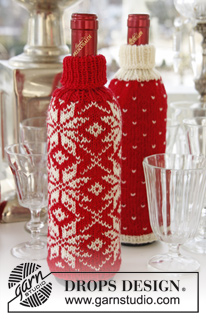




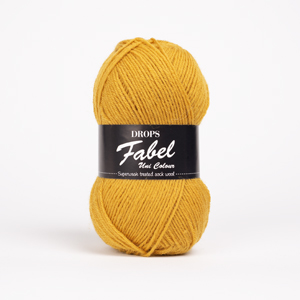

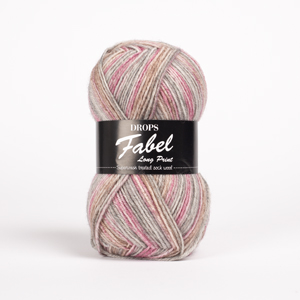





















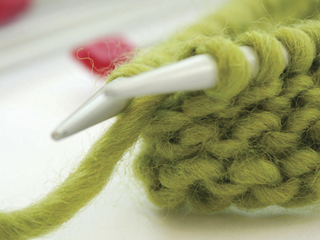




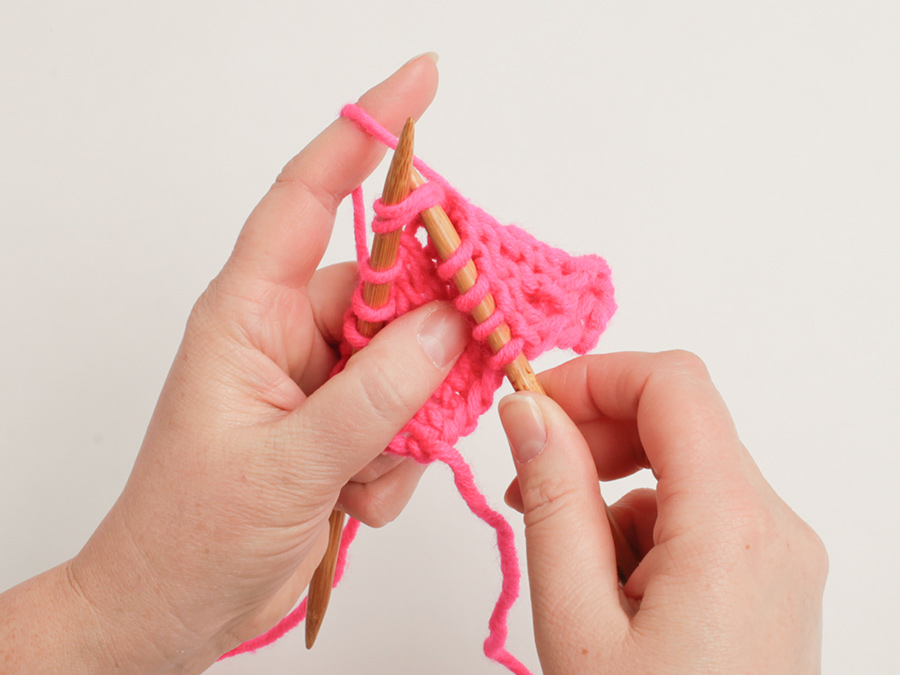








Post a comment to pattern DROPS Extra 0-863
We would love to hear what you have to say about this pattern!
If you want to leave a question, please make sure you select the correct category in the form below, to speed up the answering process. Required fields are marked *.